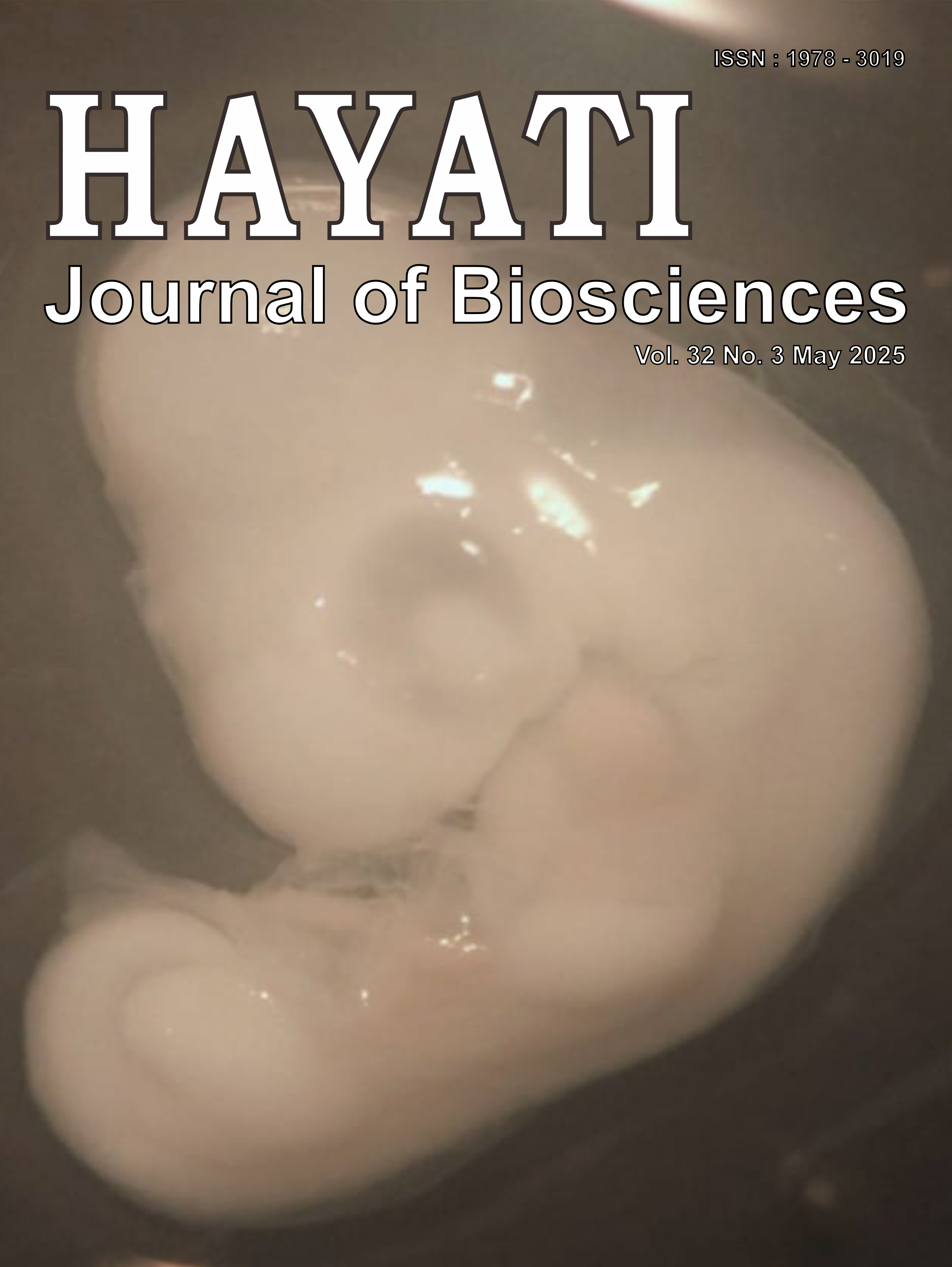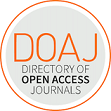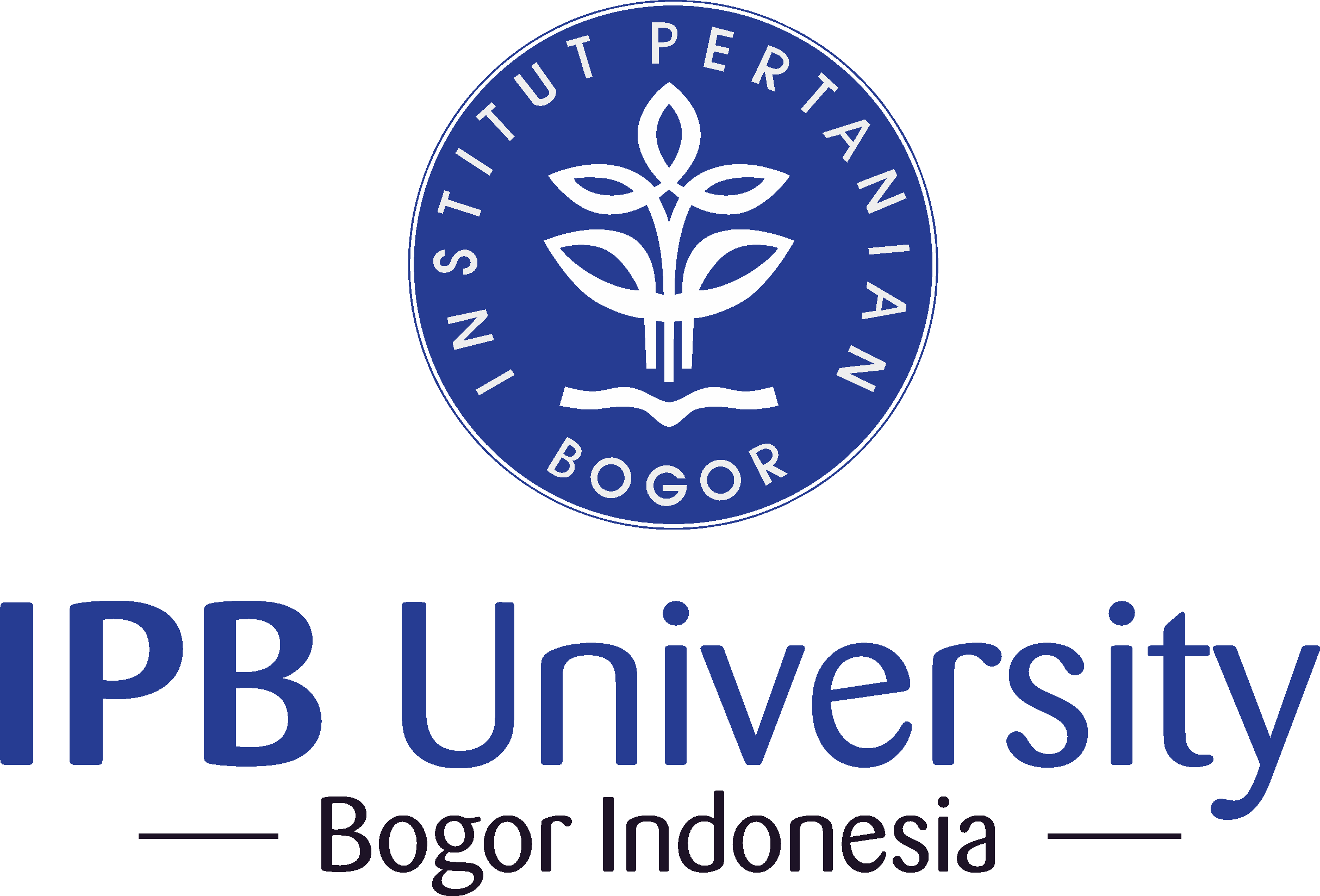Analysis of Bird Vocal Bandwidth in Relation to Vegetation Structure Variability in Coffee Agroforestry Systems, Jember, Indonesia
Abstract
Bird vocalizations are crucial for communication and adaptation to environmental changes. As forests are converted to agriculture, agroforestry plays a key role in conserving biodiversity. This study examines vocal bandwidth variations in four bird species-Common Tailorbird (Orthotomus sutorius), Sooty-headed Bulbul (Pycnonotus aurigaster), Olive-backed Sunbird (Cinnyris jugularis), and Small Minivet (Pericrocotus cinnamomeus)-across three coffee agroforestry sites in Jember, Indonesia: Silo, Kluncing, and Kaliwining. The study explores how vegetation structure influences vocal adaptations using sound recordings, vegetation surveys, the Kruskal-Wallis test, and Pearson correlation analysis. Results show significant vocal bandwidth differences in Common Tailorbird and Sooty-headed Bulbul. Common Tailorbird exhibited the highest bandwidth variation in Silo (2.85 kHz), followed by Kluncing (2.30 kHz) and Kaliwining (1.10 kHz) (p<0.001). Similarly, Sooty-headed Bulbul showed significant variation, with the highest bandwidth in Silo (3.1 kHz), Kaliwining (3.5 kHz), and Kluncing (2.7 kHz) (p<0.001). However, bandwidth variation in Olive-backed Sunbird (p = 0.12) and Small Minivet (p = 0.0014) was not significant. Pearson correlation analysis indicated a strong but non-significant relationship between vegetation structure (Importance Value Index) and Sooty-headed Bulbul presence (R² = 0.8999, p = 0.059). These findings suggest that while vegetation influences some species, other factors like resource availability or human activity may also shape vocal adaptations. This study enhances understanding of bird communication in agroforestry, supporting biodiversity conservation and sustainable land management.
Downloads
Copyright (c) 2025 Agung Sih Kurnianto, Nilasari Dewi, Nanang Tri Haryadi, Husnul Khowatini, Ayu Lestari, Auralia Sakinah Lestari, Galang Prasetyo Efendi, Ahmad Rifqi A. Hanafi, Ahmad Muammar Kadafi

This work is licensed under a Creative Commons Attribution-NonCommercial 4.0 International License.
HAYATI J Biosci is an open access journal and the article's license is CC-BY-NC. This license lets others distribute, remix, tweak, and build upon author's work, as long as they credit the original creation. Authors retain copyright and grant the journal/publisher non exclusive publishing rights with the work simultaneously licensed under a https://creativecommons.org/

























.png) IPB University
IPB University Department of Biology
Department of Biology The Indonesian Biological Society
The Indonesian Biological Society 

